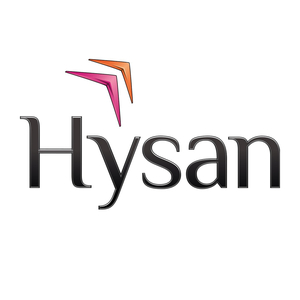Search
1/9
₱54.00
₱199.00-73%
10Pcs RFID / NFC Card - MIFARE Classic 1K 13.56MHz / Proximity Card 125kHz
Sold by Hysan
3(6)
43 sold
Select options
Select
Shipping
From ₱36.00
Est. delivery by Apr 20 - Apr 24
Customer reviews (6)
Z**z
Item: 125kHz
Good Condition
December 26, 2024
M**s
Item: 13.56MHz
It didn't work, I ordered 13.55Mhz but when I tried to read or write using NFC TOOLS nothing happen. I've asked them if it's really a 13.56Mhz but their response is they don't know.

November 22, 2024

R**0
Item: 13.56MHz
working
January 26, 2025
k**8
Item: 13.56MHz
good
February 5, 2025

a**o
Item: 125kHz
its not working
February 12, 2025

e**c
Item: 125kHz
fake 0 STAR
1w ago

Hysan
276 items
Shop performance
Better than 86% of other shops
Ships within 2 days
85%
Responds within 24 hours
92%
Product description
Note: If you are ordering more than 20 sets (200 cards), please do not select Other Logistics Provider, otherwise you need to pay additional shipping charges.
Specifications:*Contactless transmission of data and supply energy (no battery needed)*Operating distance: Up to 100mm (depending on antenna geometry)*Operating frequency: 13.56MHz*Data transfer: 106kbit/s*Data integrity: 16 Bit CRC, parity, bit coding bit counting anti-collision*Typical ticketing transaction:
Security*Individual key set per sector (per application) to support multi-application with key hierarchy*Unique serial number for each device*Transport key protects access to EEPROM on chip delivery
Key features•Dimensions: 86 x 54mm•Thickness: 0.88mm•Material: PVC•Data storage time: minimum 10 years•Operating temperature: -20 to +60°C•Stockage temperature: -20 to +65°C
Key applications*Public transportation*Access control*Event ticketing*Gaming & identity MIFARE cards have three main differences from a standard proximity card:- The frequency of a MIFARE card is 13.56 Mhz. A standard 1386 proximity card is 125KHz.- The standard MIFARE card is factory programmed with a unique 32-bit serial number. This is a random number and does not contain a facility code. Most 26-bit proximity cards use a facility code within their configurations.- A MIFARE card has memory for storing values (typically up to 1 kilobyte of data). A proximity card does not have the capacity to store values.
RFID Readers & Prox Card Readers- It’s important to make sure your cards readers can “read” technology cards that are 13.56 KHz; your readers may only be able to read the 125KHz frequency. Also, MIFARE cards come pre-encoded with a unique 32-bit number, so you will need to make sure your software can read 32-bit formats.
Packaging Include:10pcs x RFID/NFC CARD








Explore more from Hysan
More from category
 4.610242sold₱60.00₱120.00
4.610242sold₱60.00₱120.00
 4.710117sold₱12.00₱24.00
4.710117sold₱12.00₱24.00 4.510452sold₱55.00₱125.00
4.510452sold₱55.00₱125.00

4.8
58712sold
₱19.00
₱99.00

₱20.00
₱60.00





No more products
Open TikTok























![【Free card set】50/55 Pcs/Box Anime Photocards ONE PIECE FILM RED/SPY×FAMILY/BLUE LOCK/Chainsaw Man/Haikyuu!!/JOJO/[OSHI NO KO]/ BLACH/Demon Slayer](https://p16-oec-sg.ibyteimg.com/tos-alisg-i-aphluv4xwc-sg/4f2f1e2e5b4d48ee82b42f913f727a34~tplv-aphluv4xwc-crop-webp:800:800.webp?dr=15592&from=2378011839&idc=maliva&ps=933b5bde&shcp=e1be8f53&shp=8dbd94bf&t=555f072d)











